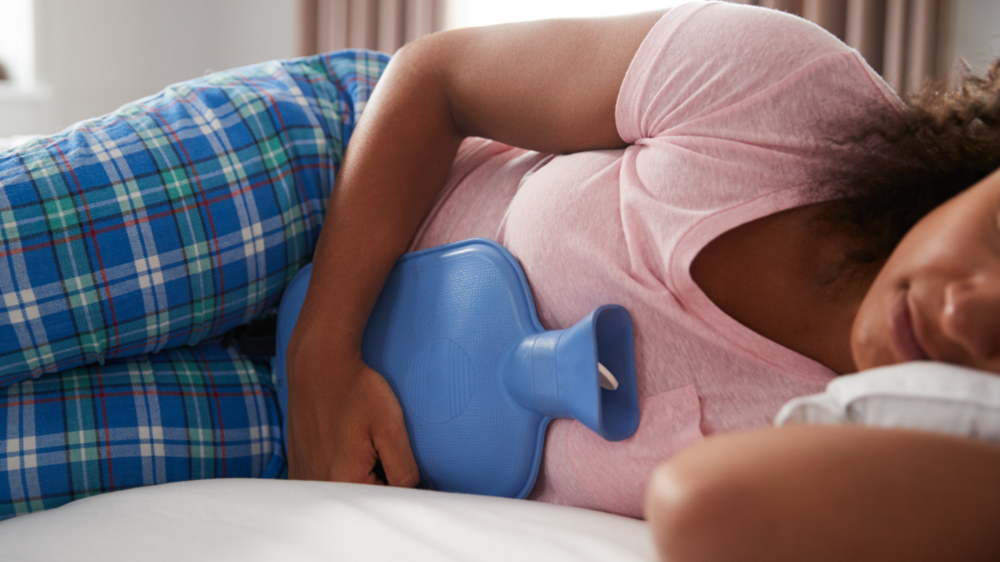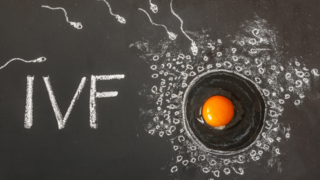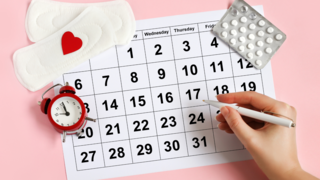In this article:
What Causes Pelvic Girdle Pain During Pregnancy?
PGP is often caused by changes in your body during pregnancy. As your baby grows, the extra weight and shifts in your posture put more strain on your pelvis. Hormonal changes also play a role by softening the ligaments that support your pelvic joints. This makes them less stable and sometimes painful.You might be more likely to experience PGP during pregnancy if you:
- Have a history of back or pelvic pain.
- Have had a previous pelvic injury.
- Have hypermobility syndrome.
- Had PGP in a past pregnancy.
- Have a physically demanding job.
- Are overweight.
- Smoke.
- Are experiencing emotional distress.
Symptoms of Pelvic Pain During Pregnancy
The symptoms of PGP during pregnancy can vary from mild discomfort to severe pain. You may notice:- Pain in the pubic area, lower back, hips, groin, thighs, or knees.
- Pain that worsens with activities like walking, climbing stairs, or getting in and out of a car.
- Difficulty standing on one leg, such as when dressing or stepping into the bath.
- Pain when rolling over in bed or during sexual intercourse.
- A clicking or grinding sensation in the pelvic joints.
- Pain spreading to the perineum (the area between the vagina and anus).
Diagnosing Pelvic Girdle Pain During Pregnancy
If you’re experiencing pelvic pain, let your doctor know as soon as possible. Getting diagnosed early can help you manage the symptoms and prevent them from worsening. Your healthcare professional will assess your symptoms, examine your posture, and check your back and hip movements to confirm PGP. They’ll also rule out other possible causes of pelvic pain. Tests like X-rays are usually avoided during pregnancy unless necessary. But if needed, your doctor will discuss this with you.Managing Pelvic Girdle Pain During Pregnancy at Home
There are practical steps you can take to ease PGP symptoms:- Staying active within your comfort zone, but resting when needed.
- Maintaining good posture by standing tall and tucking in your bump and bottom.
- Changing positions often and avoiding sitting for more than 30 minutes.
- Sitting down to get dressed or undressed to avoid standing on one leg.
- Keeping your knees together when getting in and out of the car or rolling in bed.
- Sleeping on your side with a pillow under your bump and between your legs.
- Wearing flat, supportive shoes to reduce strain.
- Using an ice pack or heat pack on painful areas for 20 to 30 minutes every few hours.
You should avoid activities that worsen your pain, such as:
Lifting heavy objects.
- Going up and down stairs frequently.
- Sitting or standing for long periods.
- Crossing your legs while sitting.
- Bending or twisting to lift items.
Professional Treatments for Pelvic Girdle Pain During Pregnancy
Your doctor might refer you to a physiotherapist who specialises in pregnancy-related pelvic issues. They can offer treatments to relieve pain, such as:- Exercises that help strengthen your pelvic floor, abdominal, back, and hip muscles.
- Manual therapy to gently realign pelvic joints.
- Hydrotherapy or exercises in water to reduce joint pressure.
- Acupuncture or a transcutaneous electrical nerve stimulation (TENS) machine for pain relief.
- A pelvic support belt or crutches for added stability.
Paracetamol is considered safe to use for pain relief during pregnancy when taken as directed, but discuss with your doctor if you need stronger medication.
Pelvic Girdle Pain During Labour and Birth
Most people with PGP during pregnancy can have a normal vaginal birth. Inform your birthing team about your condition to make labour more comfortable. They can support your legs and help you find comfortable positions. Remember to discuss your birth plan with your doctor and physiotherapist to include positions that avoid straining your pelvis. There’s no evidence that a caesarean section is necessary for PGP, and it may even slow your recovery.After Birth: Recovery and Future Pregnancies
Pelvic pain during pregnancy usually improves after giving birth, within weeks or a few months. However, some individuals may experience ongoing pain. If this happens, continue treatment and pain relief as needed. To support recovery:- Rest lying down rather than sitting for long periods.
- Continue wearing a pelvic support belt if advised.
- Move within your pain limits and gradually increase activity.
- Seek help with household tasks to avoid strain.
You’re more likely to experience PGP in future pregnancies if you’ve had PGP before, and it may be more severe. Staying fit, maintaining a healthy weight, and strengthening your pelvic floor and abdominal muscles before getting pregnant again can help reduce the risk or severity.
Pelvic pain during pregnancy can make your journey more challenging. But it’s a manageable condition with simple changes at home, professional treatments, and a supportive birth plan. Always speak to your healthcare professional if you’re in pain so you can receive proper treatment and keep the symptoms from becoming more severe.
FAQs on Pain Around Your Hips and Pelvis While Pregnant?
- What causes pelvic girdle pain during pregnancy?
PGP is caused by loosening joints, changes in posture, added weight from the growing baby, and hormonal changes that soften ligaments around the pelvis. - Will I need a caesarean section if I have pelvic girdle pain during pregnancy?
Not usually. Most people with PGP can have a vaginal birth. Talk to your doctor and birthing team to plan positions that are more comfortable for you.






